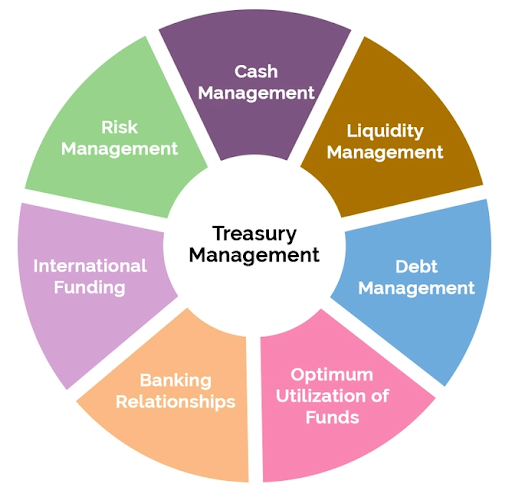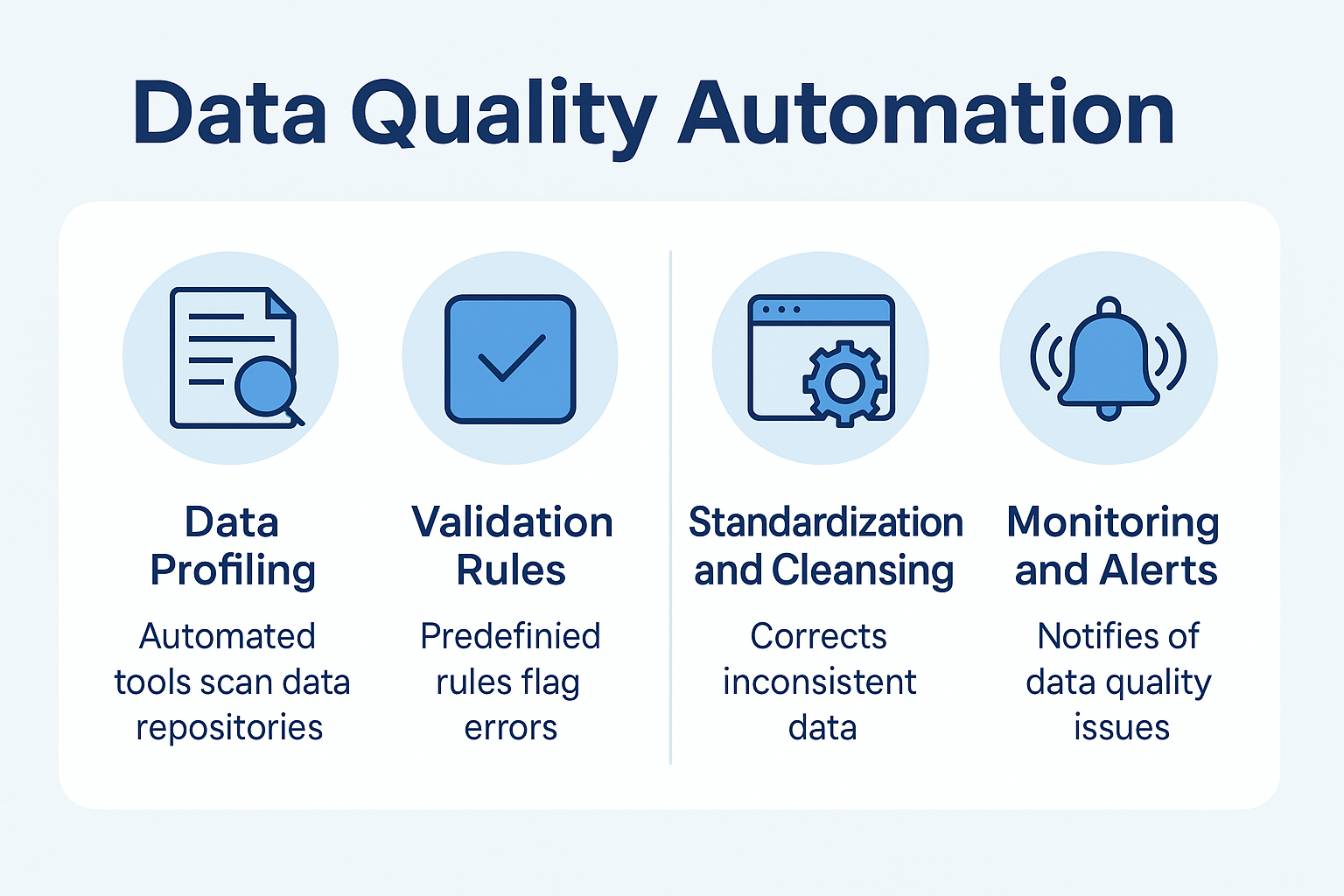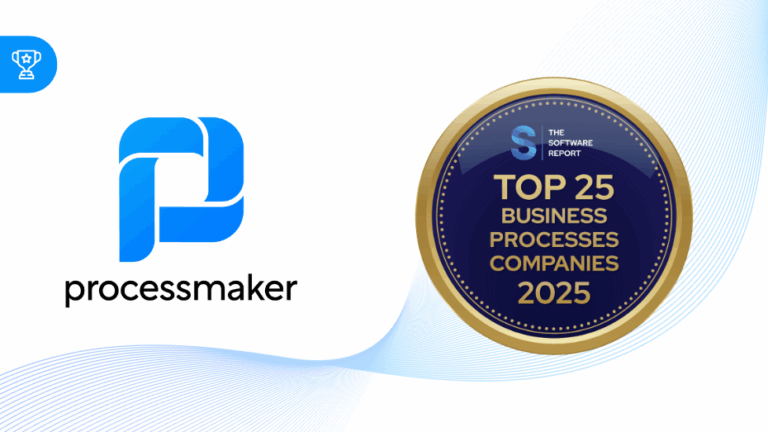Many businesses need the type of banking services that helps with assets and holdings. Treasury management services and products are designed to assist with the management of these financial assets, cash, and investments. In essence, treasury management is a system designed to decrease financial and operational risk while optimizing an organization’s liquidity.
Learn more about treasury management here, along with products and services in this niche.
What is Treasury Management?
Every business has a set of financial obligations that must be met. The objective of treasury management is to ensure the business in question has the right mix of cash and cash equivalents to ensure financial risk is mitigated. Under the treasury management umbrella, procedures and policies are designated with the goal of helping businesses to improve the management of their cash flow from interest rates to payables and receivables.
Even highly profitable businesses can fail if they don’t have enough financial resources to cover their financial obligations. Treasury management also helps businesses to decrease the amount of time it takes to collect payments from customers.
Treasury management is highly specialized. It falls under investment banking and offers services and products to assist with the functions of financial planning. Some ways treasury management can help are through the automation of accounts receivable, by infusing bank data with internal business systems to improving forecasting, and by addressing account inefficiencies. Treasury management can also help with fraud.
Learn more about ProcessMaker’s workflow software and treasury services for banking
Benefits
How do you know if your business can benefit from treasury management? Often, financial institutions already have guidelines in place to determine the types of banking services that will provide the most benefits to their customers. The overarching objective is to ensure your business has a persistent cash flow…
The largest benefit of treasury management is time and cost reduction. A treasury management system can streamline payment processes to ensure less time is spent on payment initiation and authorization.
There are also cost benefits where businesses can use various tools to better manage related bank transaction fees they might not have noticed otherwise. As a result, you save time, improve productivity, and enhance efficiency. Although, it does boil down to cash flow. With treasury management, businesses can make better bottom line decisions. Further, you get forecasting tools and detailed variance analysis.
Instead of having multiple, disparate departments and systems managing various aspects of financial obligations, a treasury management system offers payments, reporting, accounting, banking information, and more from one centralized hub. Organizations can have much more control over their finances.
Treasury management systems can also handle capital management, currency management, collections, reporting, and disbursement. All businesses need cash flow to continue effective operations. Not to mention, businesses of all sizes can benefit from treasury management.
Why is treasury management important?
- Liquidity optimization – Monitor timing of cash inflows and outflows.
- Collection management – Set the right policies for accounts payable and receivables.
- Risk hedging – Decrease financial risk.
- Information sharing – Obtain real time data around current financial status.
It’s about maximizing the financial outlook. For example, a treasury management system can consolidate any redundancies around accounts to minimize service fees. It can also ensure that receivables are posted quickly while reducing vendor disruptions or processing delays. And, various services are designed for fraud prevention.
Businesses with a treasury management system in place can spend more time on strategic business tasks and less time worrying about finances. CFOs want to know where their cash reserves are and in what currency. In addition, they need to know whether they should invest or borrow. Moreover, it’s always important to know if they are financially over exposed, are over borrowed, or are under invested.
Treasury management services in banks
Treasury management services were built to help companies improve processing of cash flows, manage funds better, and enhance banking visibility.
Treasury management can be categorized into five different services:
- Liquidity management
- Fraud
- Receivables
- Information
- Disbursements
- FX risk management
- Digital treasury services
Let’s go through these categories in more depth…
- Liquidity management — Liquidity management is important because it helps to ensure businesses have cash flow when they need it and any excess can be stored in interest-bearing accounts.
- Fraud management — Fraud solutions are offered to mitigate potential risks before any permanent damage is incurred.
- Receivables management — Collecting, and processing, receivables is one of the most important activities for any business. Yet, this process can be both costly and time consuming. Receivables management aims to streamline receivables and accelerate processing times.
- Information management — Effective decision making requires having the right data on hand, when needed. It’s always crucial to have an accurate view of the company’s financial position.
- Payables management — Businesses must also distribute funds, but it should be done both quickly and efficiently.
- FX risk management — There is always a risk with foreign exchanges. Treasury management offers services that will identify risks and exposure while analyzing risks using metrics such as Value at Risk (VaR). Then, risks may be treated with hedges and daily monitoring to ensure the hedging strategy works.
- Digital treasury services — Company CFOs need to make decisions from their devices. They want interactive dashboards and connected technologies.
The use of treasury services is a growing trend, especially in today’s business climate and online markets. The potential for fraud continues to surge, while efficiency is a mandate. In addition, businesses can have access to financial experts who understand how to keep a company in operational flux. Treasury services can be complex – depending on the circumstances – so it’s not an activity suitable for anyone other than experts.
Outsourcing Treasury Management Services
There are also two models for outsourcing treasury management services: Ring-fenced and outsourced.
- Ring-fenced means that treasury services operate in isolation.
- Outsourced would refer to a complete suite of treasury services and products customized to meet a company’s needs.
Why should you outsource treasury services? Here are a few reasons below:
- Cost.
- Lowers investment in technology infrastructure.
- Decreases the cost of on-site teams.
- Access to expertise without having to pay full-time salaries and benefits.
- Better control over finances.
- Simplified setup and configuration.
Extended bank services include the following:
- Treasury research
- Industry benchmark study
- Treasury management services for restructuring
- Advisory services post-acquisition
- Treasury consulting services for debt refinancing
What are treasury management products?
Once thought of as only an enterprise product, there are actually a wide variety of treasury management products which can be tailored to meet the needs of small and midsized businesses.
You can pick the products you need, a la carte. Let’s take a look at the more relevant and popular products within the treasury management niche.
Here are the most essential treasury management products:
- Automated Clearing House (ACH) — With 23 billion ACH transactions processed annually, most businesses already use ACH. And, the four main types are: Direct deposit, tax payments, corporate payments, and consumer payments. ACH helps businesses cut down on the manual time spent on processes such as writing paper checks.
- Wire transfers — Wire transfers are incredibly useful for large payment amounts that are needed on the same day. Instead of visiting a bank in person, just send a wire transfer. Although, these are usually for amounts of $25,000 or more. You can use ACH effectively for amounts of $25,000 and lower.
- Remote Deposit Capture (RDC) — With this service, you can scan check images for deposit into your business bank account. As a result, it helps to improve cash flow and reduces time spent driving to the bank.
- Merchant services — Contemporary customers expect all businesses to accept any form of payment from cash to credit and debit cards to services such as PayPal. Businesses that don’t accept credit or debit cards risk losing a large volume of sales. Additionally, merchant services improves cash flow since clearance takes only a few days as opposed to waiting weeks to receive paper checks.
- Fraud detection — Receive alerts of potential fraud before they hit your accounts. It’s really important for businesses to be more proactive about fraud.
- ACH fraud detection — Think of this as the ACH version of fraud detection for any debit that may post to your account. You can even use this to manage vendors and partners.
Download our BPM for Banking whitepaper or try a 7 day trial.
In 2020, treasury management services and products have never been more important. With the disruptions associated with the pandemic, businesses can differentiate themselves by financial preparedness. Otherwise, without adequate cash flows on hand, organizations risk falling behind.





